Tag: Documentation
-
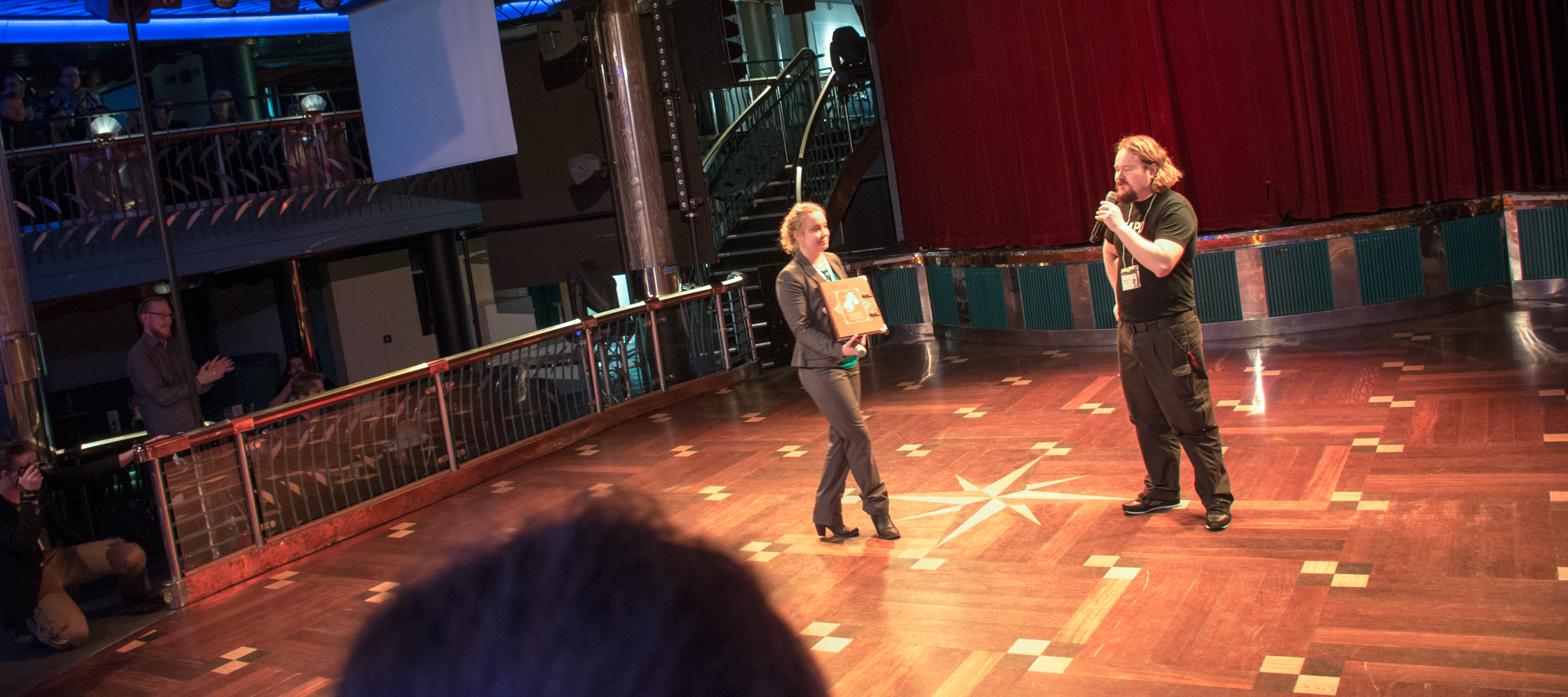
Solmukohta 2016 – Summary
The Finnish edition of the Nordic larp conference Knutepunkt, Solmukohta 2016, is now over. This post will be continuously updated with links to articles, reports, photo albums, videos, slides, books and other relevant documentation.
-
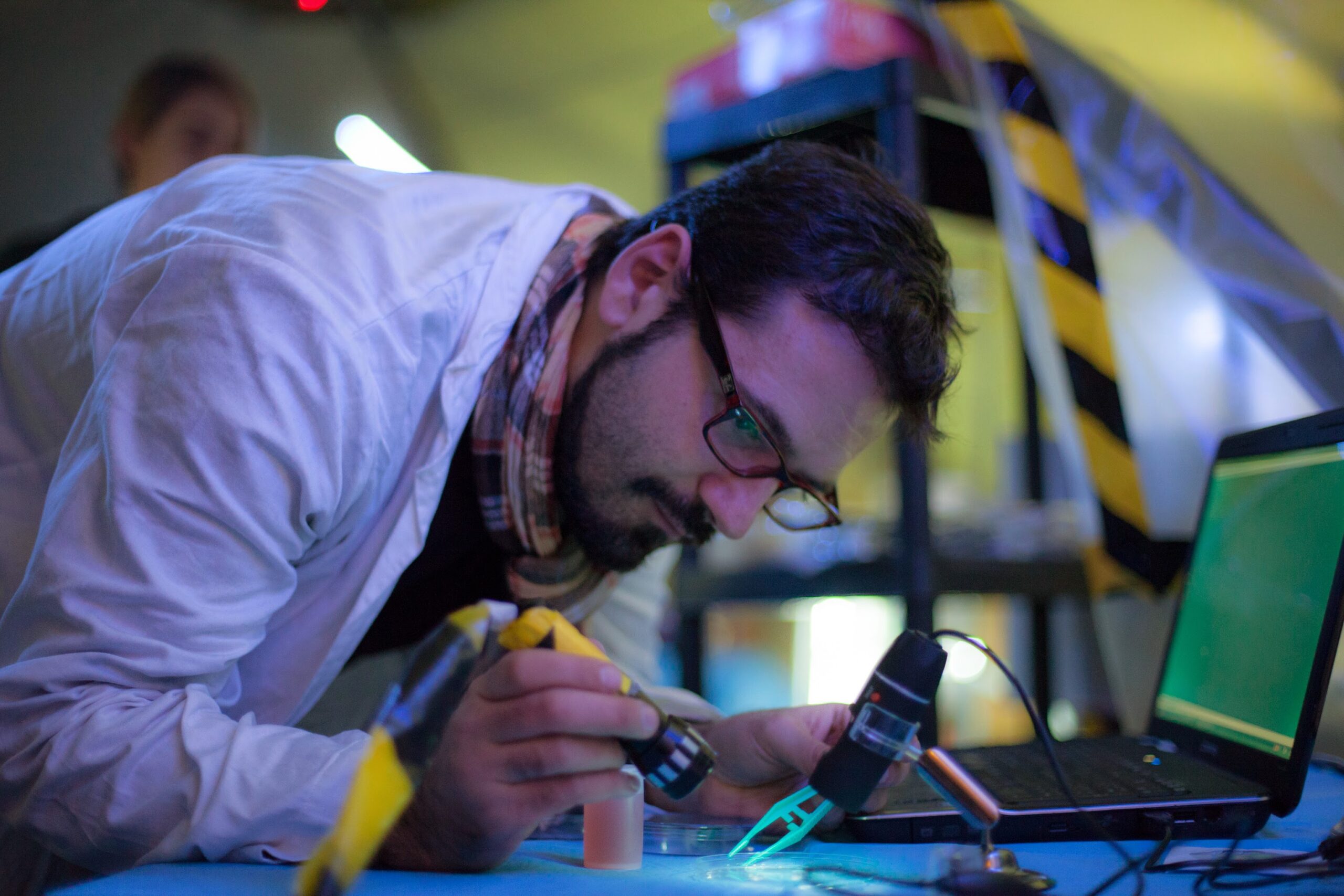
The Whole Is Greater than the Sum of Its Parts – Voices from Black Friday
In this larp we didn’t have restrictions. We just wanted to organize the coolest larp ever played in Italy. At least, that’s what I wanted.Chiara Tirabasso, Black Friday larpwright Chiara Tirabasso is one of the many larpwrights behind Black Friday. She perfectly sums up two elements of the organizing team: a great ambition on quality
-

The Book of Polish Larp
A new Polish book about larp is out, this is what the authors has to say about it: From the intense 5-players chamber larp to the post-apocalyptic week-long larp festival for almost 600 people. Polish larp scene is diverse and is rapidly evolving. In the first documentation book about polish larp scene you will have
-
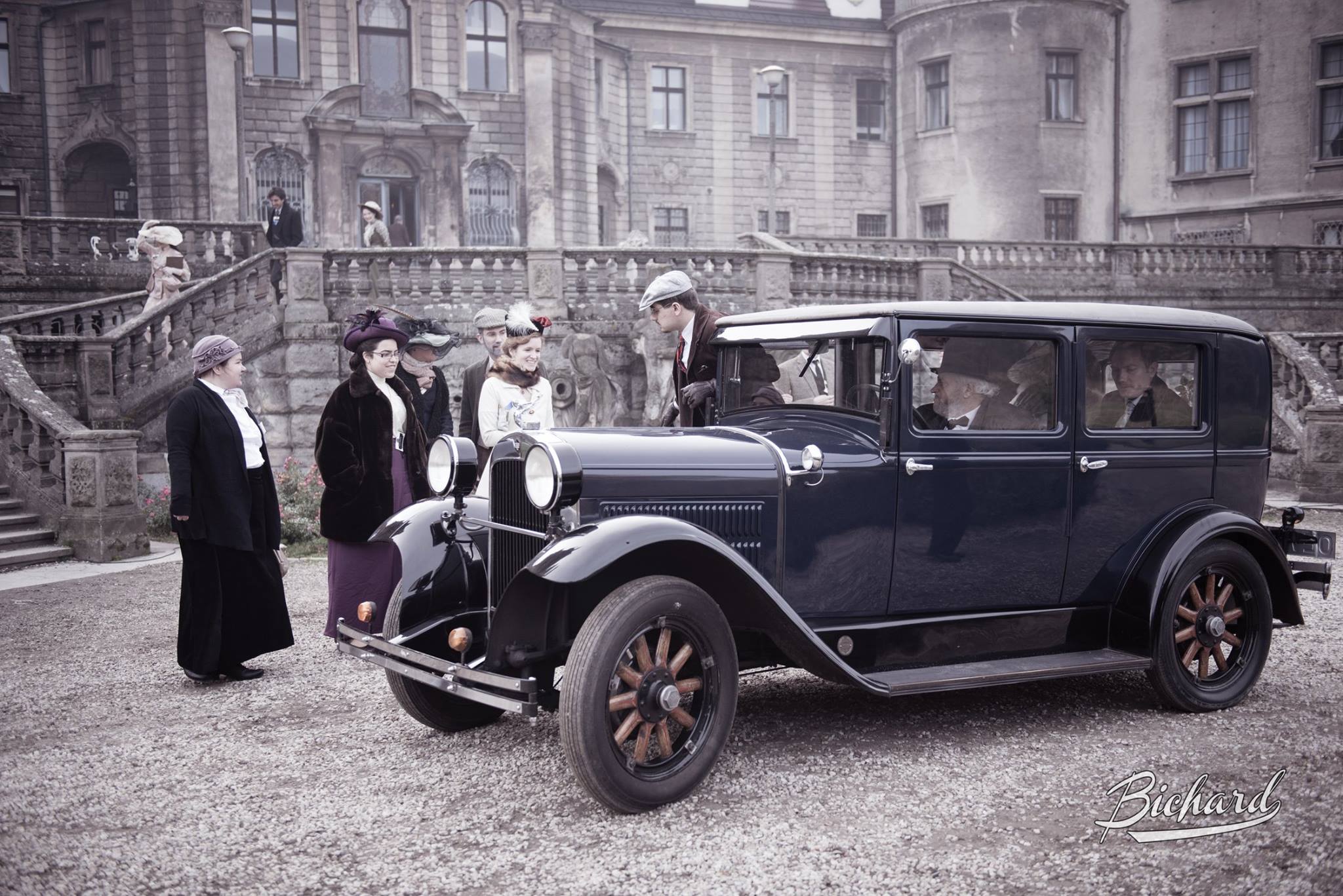
Fairweather Manor: Perspectives from a United States Player
I thought I’d write up a game summary about my experience playing Fairweather Manor, as there seems to be some interest. My background is as an American larper with some-to-moderate larp experience in the American scene, whose first international larp was College of Wizardry earlier this year. Fairweather Manor was set in early 1914, and
-
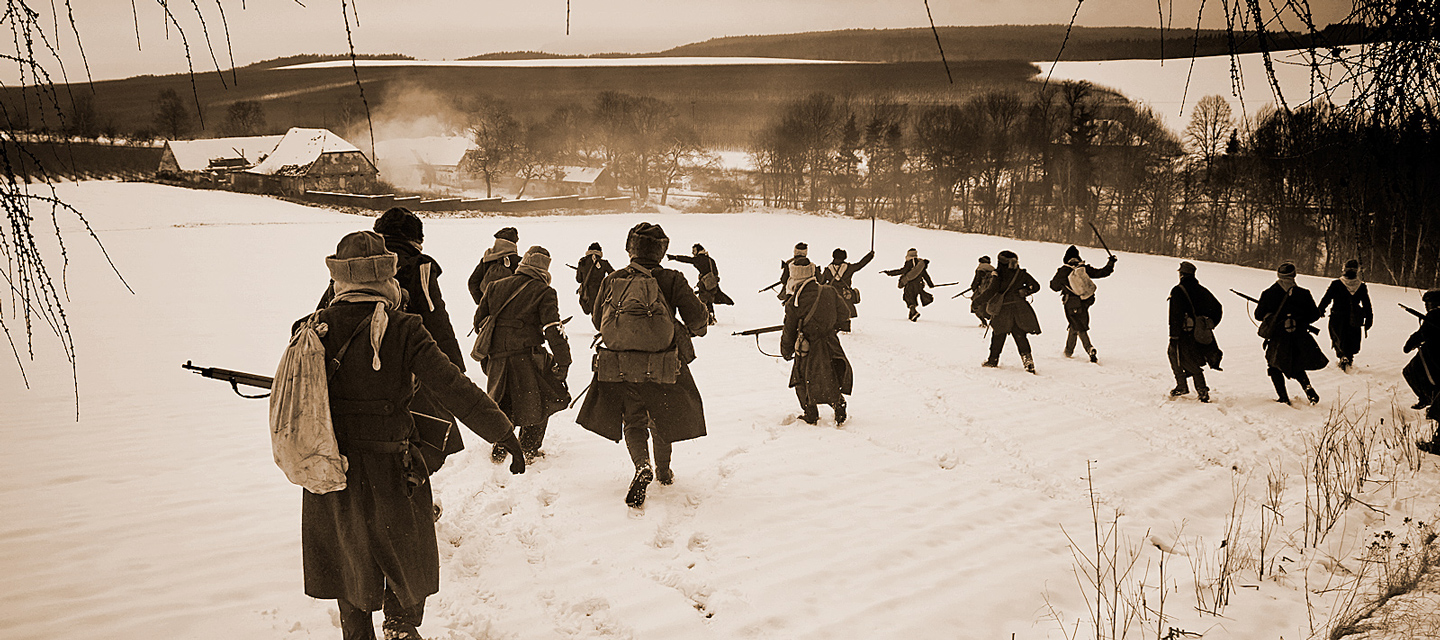
Legion – Trans-Siberian Railroading
Legion, or Legie as it is called in its original language, is a Czech larp that had already had six runs by the time the international run was played, and is a game for 54 pre-written characters, both soldiers and civilians. The story is based on (very well researched) historical accounts of the Czech Legion…
-
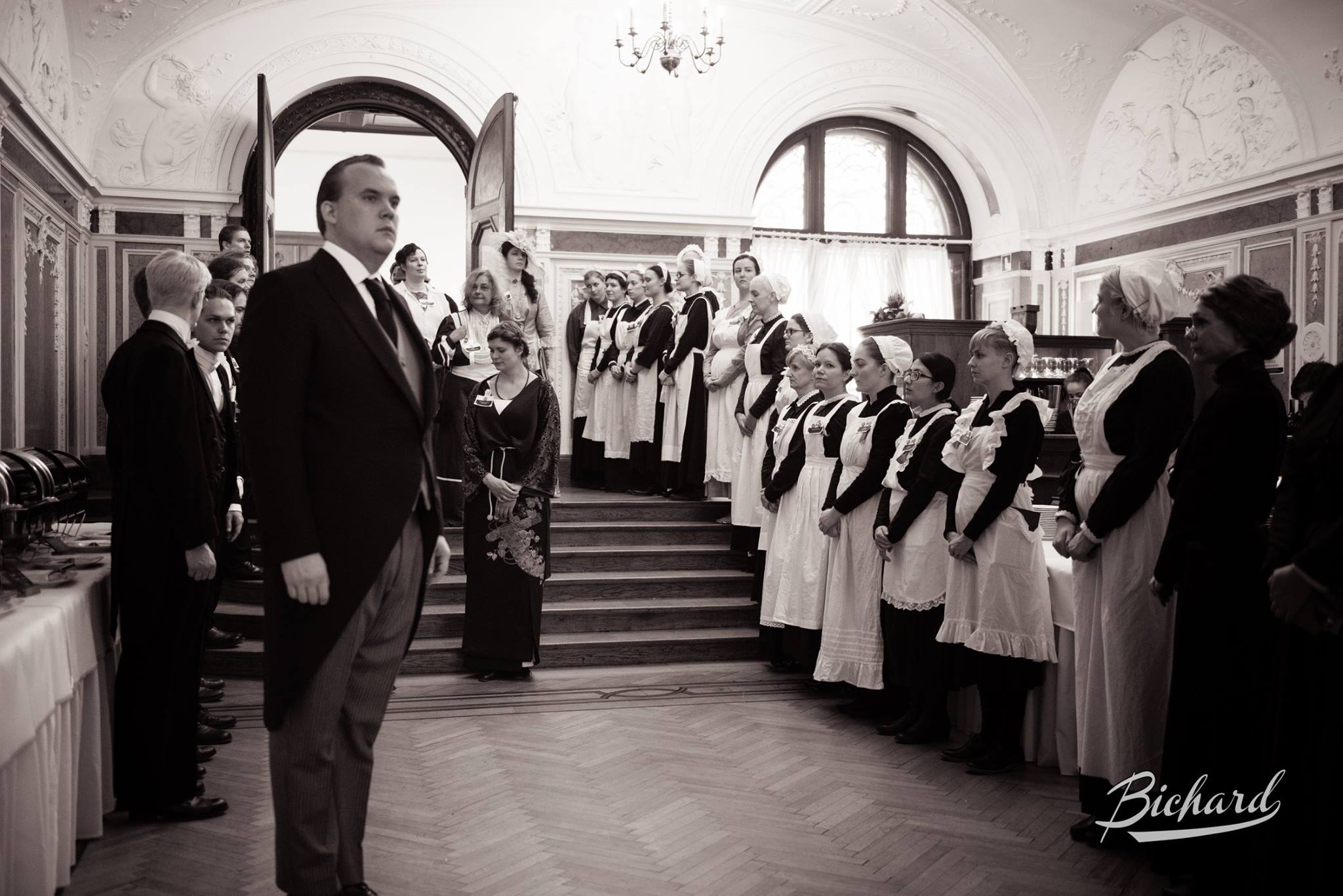
Fairweather Manor – The Latest Iteration of the Blockbuster Formula?
Fairweather Manor is a historically-inspired international larp for 140 whose first run took place in Zamek Moszna, Poland, on the 5-8th of November 2015. It was created by the Liveform/Rollespilsfabrikken team already behind the creation of College of Wizardry. As such, the format, creative team, and overall design of the larp connects Fairweather Manor to…
-
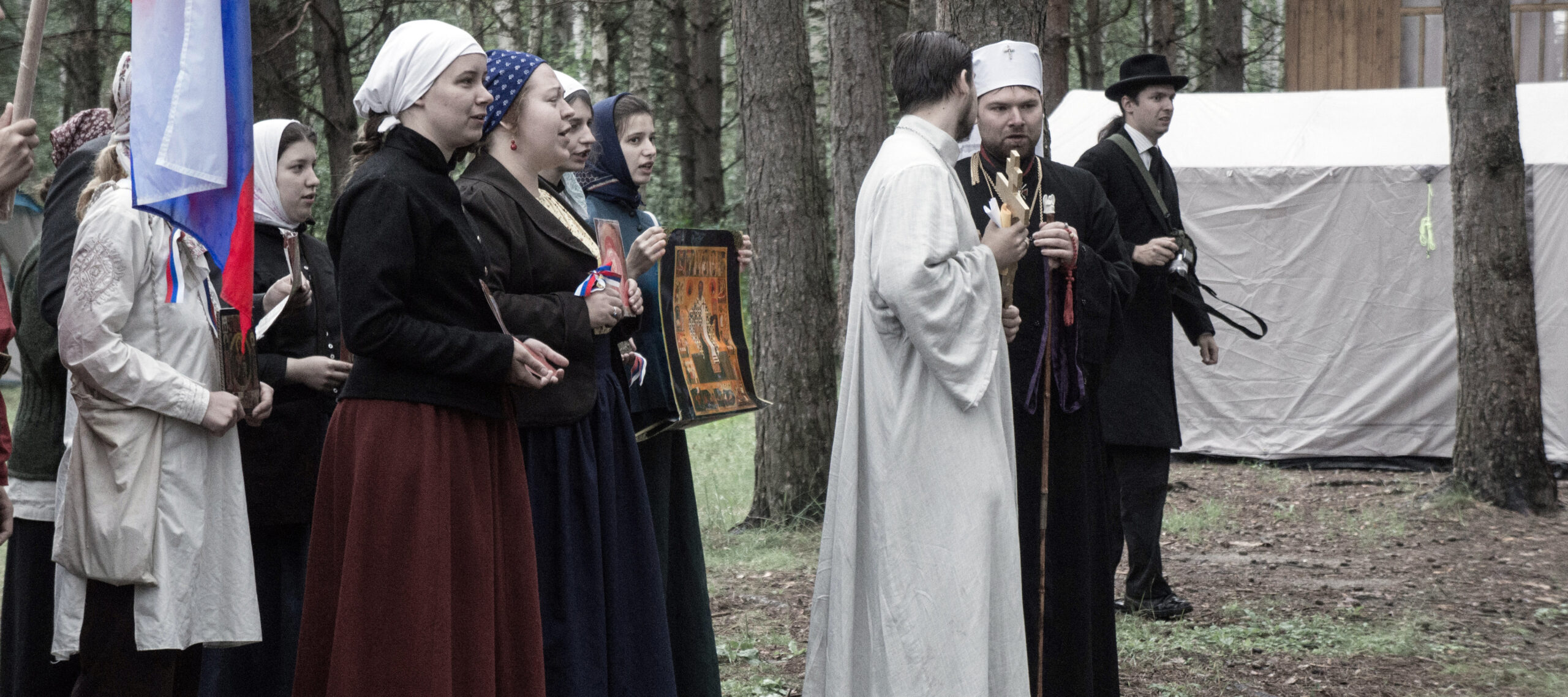
Starting a Russian Revolution
A visit to Russian “Larp-poem 1905” to do living history and dream of changing the past Have you heard about the Russian revolution of 1905? Don’t be embarrassed if you haven’t, it’s not that well known, not even Russians talk much about it. Yet, it was an interesting and decisive time in Russian history and,
-
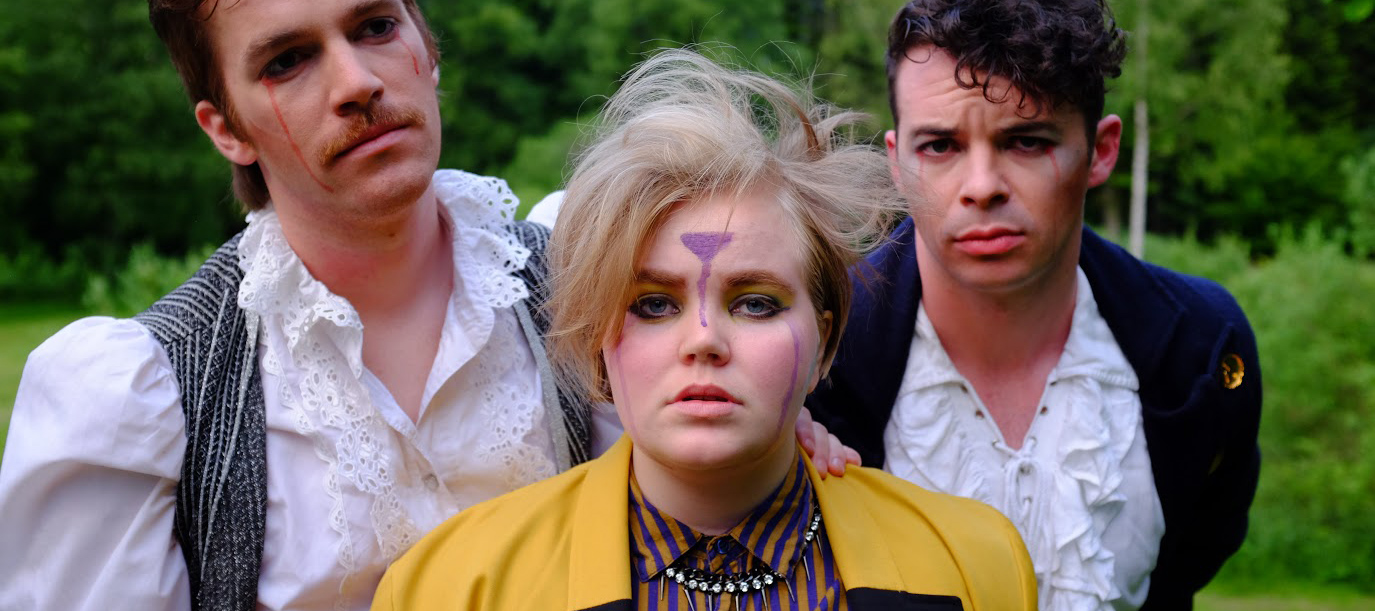
Love, Sex, Death, and Liminality: Ritual in Just a Little Lovin’
in
Just a Little Lovin’ is commonly touted as one of the best Nordic larps ever designed by those who have played it. Originally written in 2011 by Tor Kjetil Edland and Hanne Grasmo, the larp explores the lives of people in alternative sexual and spiritual subcultures during the span of 1982-1984 in New York who…
-
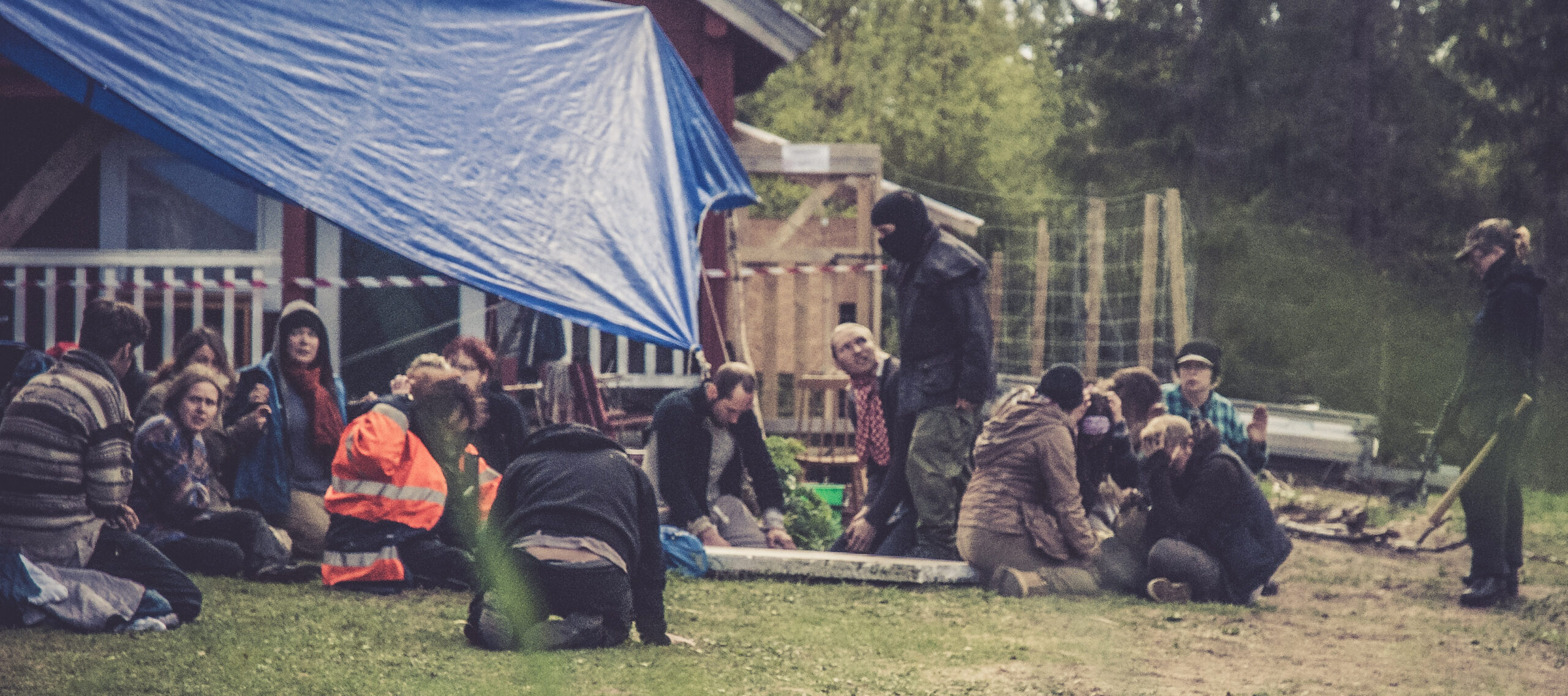
Hinterland: Design for Real Knives and Misery
Hinterland was a Swedish post-apocalyptic larp about refugees and disease. It was language-neutral, in effect meaning that people did their best to switch to whichever language was most inclusive for the players present in any given scene. What follows is my personal take as a player on some aspects of its design, and in particular…
-

On Publicity and Privacy – or: How Do You Do Your Documentation?
In 2014, I conducted a survey about attitudes towards photography and video in larp. I got nearly 500 responses from many different countries, and while I would love to publish the full results here, they’re a bit long for the scope of this KP book. The numbers are available at ars-amandi.se instead, and they’re really